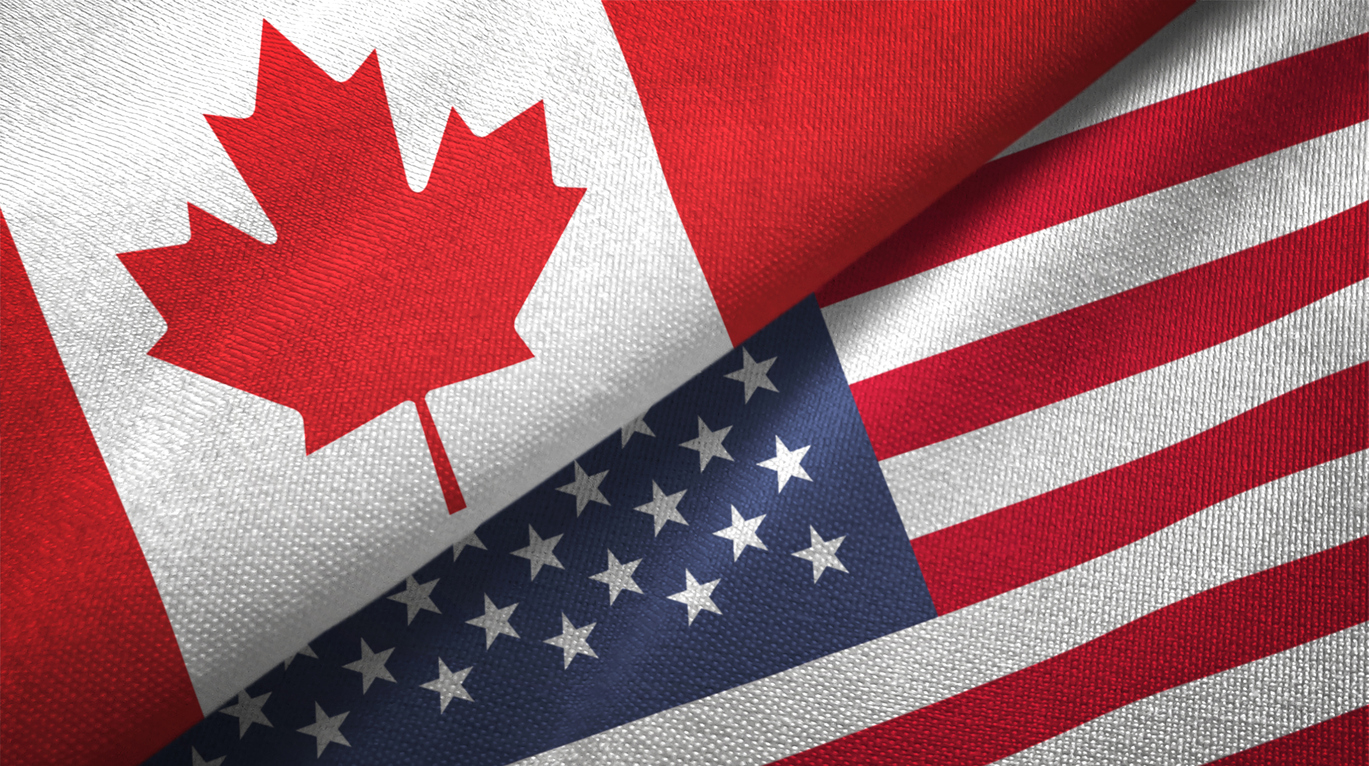COVID-19 U.S. and Canadian Small Business Subsidies – A Comparison

Canada and the U.S. recently created multiple financial assistance programs for businesses and individuals to address the economic challenges during the COVID-19 pandemic. Details continue to emerge in the beginning of April. We have been working with our clients who have business interests on both sides of the border to determine eligibility and application requirements.
This blog summarizes two similar subsidy/grant programs designed to help small businesses retain funds necessary to continue operating and paying employees: Canada’s Emergency Wage Subsidy Program and the U.S.’s Government Backed Small Business Administration (“SBA”) Loans and Loan Forgiveness program (“Paycheck Protection Program”).
| Criteria | Canada Emergency Wage Subsidy Program | U.S. SBA Loans and Loan Forgiveness |
| Eligibility | Individuals, Taxable Corporations, Partnerships, Non-Profit Organizations, Charities | Individual, small businesses and certain other non-profit organizations |
| Size of Company | No cap on size of entity | Less than 500 employees (special rules for food services businesses) |
| Required COVID-19 Impact | At least a 30% drop in revenue, monthly comparison | Good faith certification that COVID-19 impacted current economic conditions |
| Amount of Assistance | A 75% wage subsidy for up to 12 weeks, retroactive to Mar. 15/20. | Lesser of US$10M and 2.5 times average monthly payroll costs |
| Maximum | Maximum of C$847 per week per employee paycheck between March 15 and June 6th. | Salary amounts over US$100K and other payroll taxes/benefits excluded |
| Repayment Requirement | None | Forgiven if the amount is spent on payroll, rent & utilities and interest on mortgages during initial 8 weeks after receipt. |
| Multiple Companies? | To be determined | Affiliated companies under common control or ownership can only have one entity apply. |
| Taxable? | Yes | No |
| Application process | Canada Revenue Agency online, apply monthly | SBA certified U.S. bank, apply one time |
| Date Funds Advanced | No application process as of April 3, 2020. Funds distributed starting by end of May 2020 | Applications can be made starting April 3. Funds advanced in 3 weeks, by end of April 2020. |
| Cost to the Taxpayer | Estimated to be C$71 Billion | Capped at US$349 Billion |
| Law | Not passed as of April 3, 2020. Parliament needs to be recalled | CARES Act, passed by U.S. Congress, signed into law March 27, 2020 |
| Abuse Provisions | Despite no legislation published as of April 3, 2020, repeated warnings from Prime Minister Trudeau not to game the system or face serious consequences | Stated in law, potential fines of up to US$250K and imprisonment up to five years for fraudulent applications |
Quick Analysis of the Two Programs
I attended the University of Saskatchewan and was fortunate to learn from legendary tax professors Jack Vicq and Bill Wallace. I always remember their counsel in my first tax course: “Tax law can be either simple or fair; it cannot be both.” Smart words that apply here.
U.S. Approach – Simple Perhaps, but Fair?
The U.S. adopts a simple approach with one application, one calculation and one payment to the business. Working through an SBA approved bank, the funds will be transferred to the business account quickly, within 3 weeks of the application date. Simply retaining the employees for the next 8 weeks and paying certain overhead expenses will allow businesses to keep the funds without repayment. No personal guarantees required by the owners. The amount retained isn’t taxable.
While simple, the U.S. approach may not be fair as it extends funds to businesses regardless of the level of impact of COVID-19 on revenue or operations. Businesses that continue to operate or in fact see an unexpected post application increase in revenue during the COVID-19 crisis could retain the funds. The affiliated company rules, particularly how they may or may not apply to venture fund backed businesses, may prevent multiple businesses from each receiving funds even where management and control of each separate business is distinct and separate. The simplicity and speed of the program may put funds in the hands of business that don’t need them. The spending cap on the program may also deny funds to businesses that are late to the application process.
Canadian Approach – Fair Perhaps, but not Simple
With the decreased revenue approach, the Canadian approach attempts to fund businesses who were more severely harmed by COVID-19 compared to others that were able to manage. Its continuing monthly application process requires businesses to evaluate their status frequently during the crisis, matching payments to businesses that really need them for a longer period.
However fair it may be, nothing about the Canadian approach seems simple. Calculating revenue on a monthly basis and determining if the 30% test is met involves reporting analysis and complex calculations beyond the means of some entrepreneurs. Continuing monthly applications take time away from leaders who are needed hourly in their business during the crisis. Delays in the receipt of funds for another 6 to 8 weeks cause further uncertainty. Threats of serious consequences without knowing what the final law states put unnecessary fear and doubt into small business owners.
Conclusion
Both governments are making funds available to small business owners to cope with the COVID-19 crisis. While the U.S.’s plan is settled and in process, Canada’s is still in process and could be modified. Contact us if you think your business can use this assistance in either country.